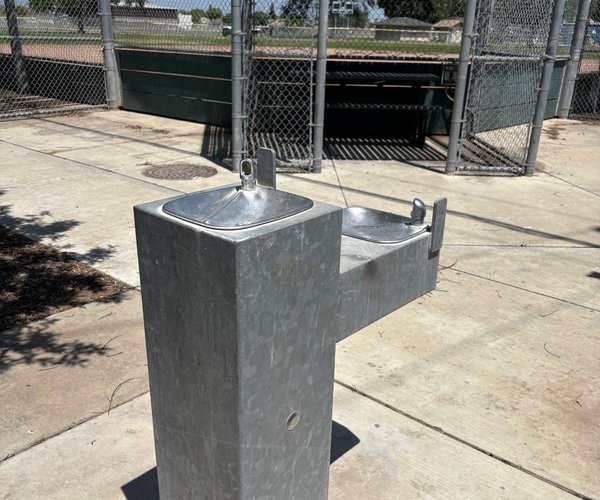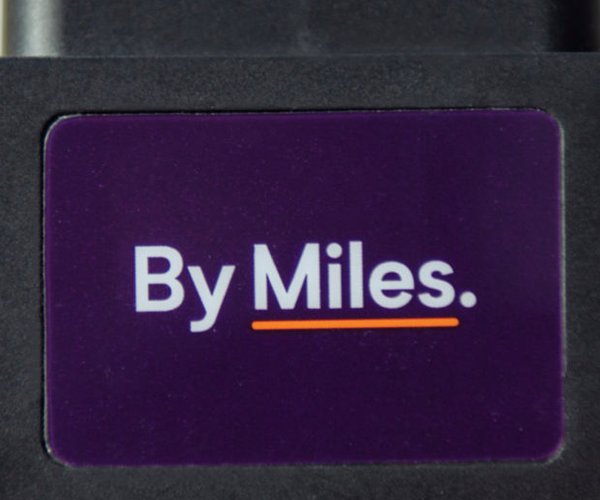Dodge believes it has a problem.
And it could be a free speech issue that makes it one day all the way to the Supreme Court.
Simply put, the Dodge Daytona SRT has more bite than bark.
The engineering marvel that its concept electric vehicle is, may not save the lucrative muscle car market for parent domination Stellantis — at least in the short term.
That’s because some may perceive it as being too quiet.
The SRT model, due to hit showrooms next year, features up to an 800-volt power system.
It is being ballyhooed as being faster than the iconic Hellcat engine you’ll find under the hood of gas-powered Chargers and Challengers.
The engine named “Banshee” by marketing gurus at Dodge who obviously don’t expect buyers to realize it is named after a wailing female spirit warning of an impending death is anything but that.
At least when it comes to sound given it’s electric.
But in outcome, it may be an appropriate name given reports place it’s performance in the same league as the zippy and powerful Porsche Taycan.
Speed kills but it also sells.
Unfortunately, the market segment Dodge is aiming at is sprinkled with more than a few people driven by the pure thrill of ignoring speed limits carte blanche and turning monsters under the hood loose.
In doing so, the Dodge Charger EV can give you whiplash in less than four seconds on its way to 160 mph.
One can only wonder what the insurance premium would be on such an EV monster, given that most carriers tend to currently total most electric vehicles when the intensity of an accident gets beyond the fender bender stage.
That same market segment wants everyone to hear they are cool.
But one of the cool things about EVs is that they aren’t in-your-face when it comes to noise.
It is why Dodge is planning to offer a feature on the SRT dubbed the “Fratzonic Chambered Exhaust.”
As Motor Trend explained, “air flows through an actual piped exhaust generating a sound that goes through an amplifying and tuning chamber.”
The bottom line is electric engines run virtually quiet and produce no exhaust.
Yet, the add on feature delivers a sound up to 126 decibels or the equivalent of the Hellcat engine at maximum output.
It begs the question: Do people have the right to make noise with their cars in public places for no other reason but to basically express themselves?
Susan Porter believes there is a right to express oneself using vehicle noise, and as such it is protected speech.
It is why the Southern California woman wants the Supreme Court to hear her case.
Porter got a ticket for honking her horn 17 times in 2017 as she drove past Congressman Darrell Issa’s San Diego Office.
The ticket, issued under State of California Vehicle Code Section 270001, prohibits unnecessary horn use.
Horns are allowed to be used a part of a theft alarm system.
The section notes use of a car horn is restricted to when it is “reasonably necessary to assure safety.”
The California 9th District Court of Appeals agreed.
Not satisfied, Porter is pushing for the high court to take up the case.
Honking — especially excessive honking — is extremely annoying.
That’s because the entire concept of a horn is to get your full attention.
A such it is designed to be abrasive and irritating.
To warn of impending danger during the operation of a vehicle makes sense.
Using the horn for other purposes raises hackles.
It is why a New York City Council member wants to raise the fine for excessive honking from $1,000 to $2,000.
It might interest you to know in 2011, the United States Supreme Court did address car honking.
In that case, a woman in the State of Washington who honked her horn nonstop for nearly 10 minutes prevailed at the high court.
A neighbor didn’t appreciate the incessant honking nor did her chickens.
In that case, the honker prevailed not from a free speech perspective but from the fact the Washington law was too broad.
Porter apparently wants the free speech issue settled.
But it is more than just that.
It is a public peace issue as well.
There is noise.
Then there is deliberate noise.
And then there is gratuitous noise.
Clearly, noise exists.
There’s not much you can do with it.
A deliberate noise — think a train horn or 125-piece marching band — is acceptable to advance public safety or entertainment.
But a gratuitous noise, such as laying on the horn for minutes at a time to get someone’s attention inside a house infringes in the peace and tranquility of the rest of the neighborhood.
Porter’s point that incessant horn honking needs to be tolerated wherever when the person doing the honking believes they are making a political statement — the clearest form of protected speech — is a bit extreme.
Does that mean Porter has the right to drive down the freeway with amplifiers and speakers mounted on her roof top while dissing the political stance of a politician she disagrees with?
The court needs to stress state laws dealing with horn honking can be written in such a manner that are only used for public safety reasons, alerting to criminal activity, or to keep traffic moving such as a tap on the horn.
To rule otherwise would encourage people to fight texting while driving tickets arguing they undermine free speech.
The add-on feature Dodge intends to roll out in its “Banshee” powered Charger EVs creates gratuitous noise.
That said, does it constitute a protected practice of free speech?
Just like Porter using her horn to express politics projects a personal perspective, creating a gratuitous noise from one’s car also projects a person’s perspective.
If she loses, Porter could always drive by the congressman’s office by disconnecting her muffler.
And if that runs afoul with California law as it will, she can always buy a 2024 Dodge Charger SRT with a “Fratzonic Chambered cruise by her favorite congressman’s office.
This column is the opinion of editor, Dennis Wyatt, and does not necessarily represent the opinions of The Bulletin or 209 Multimedia. He can be reached at dwyatt@mantecabulletin.com






